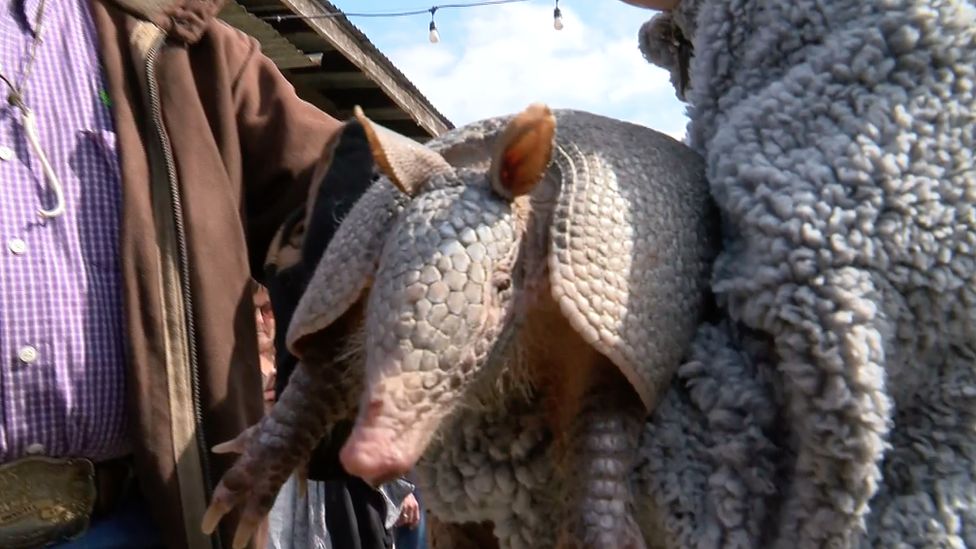ARTICLE AD BOX
 Image source, CBS
Image source, CBS
Bee Cave Bob the armadillo was 100% accurate over five years of winter predictions
It's February 2, which means Groundhog Day is upon us in North America - and with it, a cast of furry and feathered forecasters vying to predict what winter has in store.
Thought to have German origins, Groundhog Day dates back to the 1880s, when Pennsylvania's Punxsutawney Phil first started making predictions.
The rules are simple: If Phil sees his shadow, it is thought to predict a long winter. No shadow, an early spring.
These days it is a crowded market though, with a whole cast of different species vying for the weather-predicting crown.
So which is actually the best at its job - and is it even a groundhog, or could a frog, armadillo, or a duck named Scrambles steal the title?
In the interests of science, the BBC has analysed the past five years of predictions from America's biggest animal forecasters, but the question - which animal is the most accurate - is far more complicated than it appears on the surface.
The National Oceanic and Atmospheric Administration (NOAA), America's official source on climate information, has weighed in on Phil's accuracy, stacking his predictions against the national temperatures in February and March.
According to their analysis, Phil - a distant relative of the original prognosticator from 1886 - was accurate 40% of the time over the past decade.
The BBC has applied their methodology to four other animals: Scramble the Duck, from Connecticut; Bee Cave Bob, an armadillo from Texas; Sand Mountain Sam, an opossum from Alabama, and Snohomish Slew, a frog from the state of Washington.
If the animal predicted an early spring, and March temperatures were above average, we considered this a correct prediction.
But if the animal predicted a long winter, both February and March temperatures must fall below average.
According to this method, Phil the groundhog was accurate 40% of the time, while Snohomish Slew the frog was accurate only 20% of the time.
The real psychics turned out to be Bee Cave Bob the armadillo and Sand Mountain Sam the opossum, who were both 100% accurate over the past five years.
According to our rubric, poor Scrambles the duck got it wrong every time. This directly contradicts the Connecticut General Assembly, who declared Scrambles "The Most Accurate Weather-Predicting Duck In The Northern Hemisphere And Possibly The World". Those are fine words, but we have yet to see the sources they used to back up their claim.

 2 years ago
114
2 years ago
114








 English (US) ·
English (US) ·